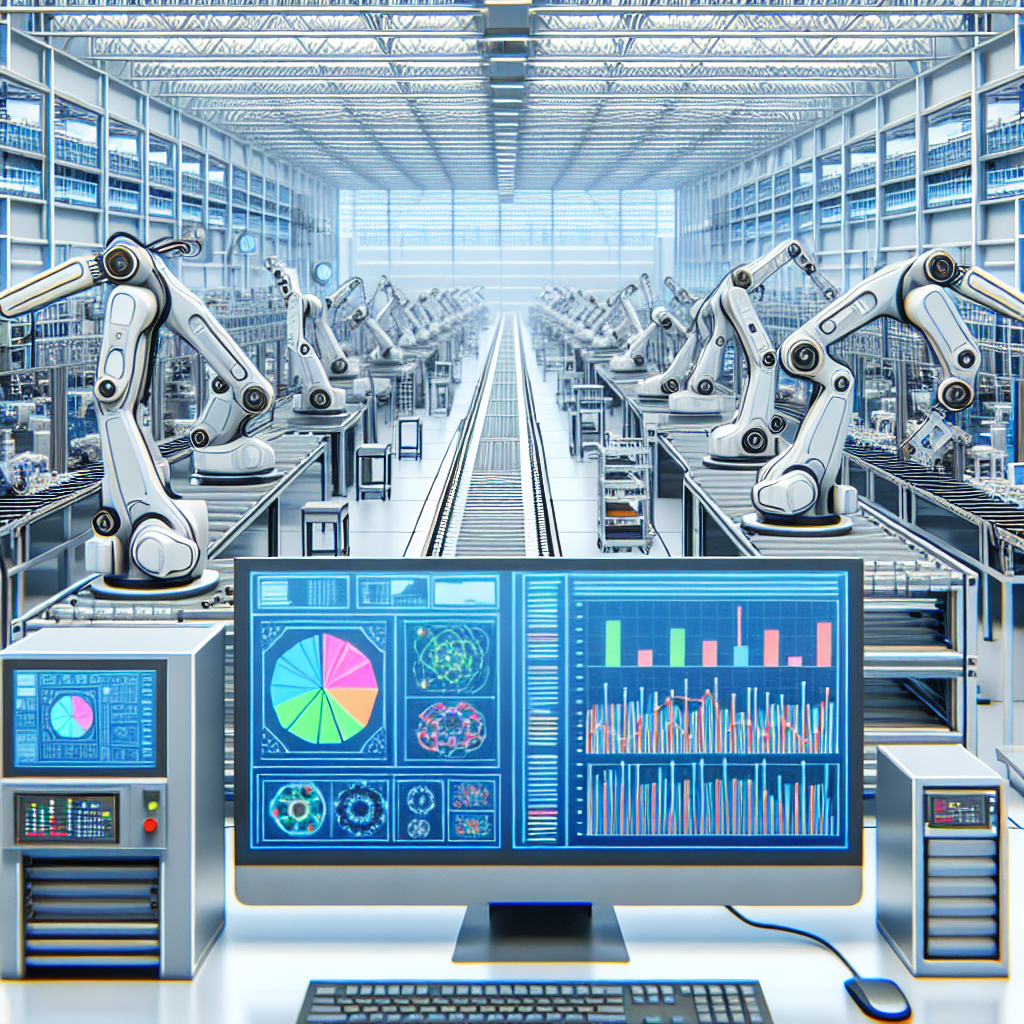In today’s rapidly evolving manufacturing industry, artificial intelligence (AI) and automated production lines are revolutionizing the way products are made. From streamlining processes to improving efficiency and quality control, AI and automation are driving significant advancements in the manufacturing sector.
AI in Manufacturing
Artificial intelligence is playing a crucial role in manufacturing by enabling machines to perform tasks that typically require human intelligence, such as learning, problem-solving, and decision-making. By leveraging AI technologies, manufacturers can automate repetitive tasks, optimize production processes, and enhance product quality.
One of the key applications of AI in manufacturing is predictive maintenance. By analyzing data from sensors and other sources, AI can predict when equipment is likely to fail and schedule maintenance before a breakdown occurs. This proactive approach helps minimize downtime, reduce maintenance costs, and improve overall operational efficiency.
Another important use of AI in manufacturing is quality control. AI-powered systems can inspect products for defects with a level of accuracy that surpasses human capabilities. By using machine learning algorithms, manufacturers can quickly identify and correct quality issues, ensuring that only high-quality products reach the market.
AI is also being used to optimize production scheduling and resource allocation. By analyzing production data in real-time, AI systems can adjust production schedules based on changing demand and resource availability, leading to more efficient use of resources and improved productivity.
Automated Production Lines
Automated production lines are another key technology driving advancements in manufacturing. By integrating robotics, sensors, and other automation technologies, manufacturers can create highly efficient and flexible production lines that can adapt to changing production requirements.
One of the main advantages of automated production lines is increased productivity. By automating repetitive tasks, manufacturers can produce goods at a faster pace and with higher accuracy, leading to improved efficiency and reduced production costs.
Automated production lines also offer greater flexibility compared to traditional manufacturing methods. By using robotic arms and other automated systems, manufacturers can quickly reconfigure production lines to accommodate changes in product designs or production volumes, allowing for greater agility and responsiveness to market demands.
Furthermore, automated production lines are safer for workers, as they can handle dangerous or physically demanding tasks that would otherwise pose a risk to human operators. By automating these tasks, manufacturers can create a safer working environment and reduce the risk of workplace injuries.
FAQs
Q: How are AI and automation changing the manufacturing industry?
A: AI and automation are transforming the manufacturing industry by improving efficiency, quality control, and productivity. By leveraging AI technologies and automated production lines, manufacturers can streamline processes, reduce costs, and increase competitiveness in the global market.
Q: What are some of the key applications of AI in manufacturing?
A: Some of the key applications of AI in manufacturing include predictive maintenance, quality control, production scheduling, and resource allocation. By using AI-powered systems, manufacturers can optimize production processes, improve product quality, and reduce downtime.
Q: How do automated production lines improve productivity?
A: Automated production lines increase productivity by automating repetitive tasks, reducing production time, and improving accuracy. By integrating robotics and other automation technologies, manufacturers can produce goods at a faster pace and with higher efficiency.
Q: Are automated production lines safe for workers?
A: Automated production lines are safer for workers as they can handle dangerous or physically demanding tasks that would otherwise pose a risk to human operators. By automating these tasks, manufacturers can create a safer working environment and reduce the risk of workplace injuries.
In conclusion, AI and automated production lines are driving significant advancements in the manufacturing industry by improving efficiency, quality control, and productivity. By leveraging these technologies, manufacturers can streamline processes, reduce costs, and create a safer working environment for employees. As AI continues to evolve and automation technologies become more sophisticated, the future of manufacturing looks brighter than ever.

